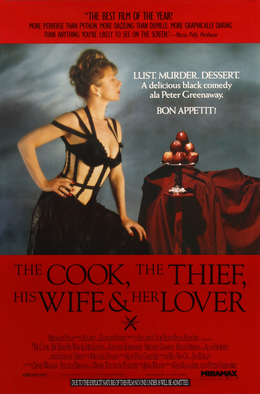A Slightly Pregnant Man (Jacques Demy, 1973)
 |
| Catherine Deneuve and Marcello Mastroianni in A Slightly Pregnant Man |
Irène de Fontenoy: Catherine Deneuve
Marco Mazetti: Marcello Mastroianni
Dr. Delavigne: Micheline Presle
Maria Mazetti: Marisa Pavan
Director: Jacques Demy
Screenplay: Jacques Demy
Cinematography: Andréas Winding
Production design: Bernard Evein
Music: Michel Legrand
A Special Day (Ettore Scola, 1977)
 |
| Marcello Mastroianni and Sophia Loren in A Special Day |
Antonietta: Sophia Loren
Gabriele: Marcello Mastroianni
Emanuele: John Vernon
Caretaker: Françoise Berd
Director: Ettore Scola
Screenplay: Ruggero Maccari, Ettore Scola, Maurizio Costanzo
Cinematography: Pasqualino De Santis
Production design: Luciano Ricceri
The great charm of Marcello Mastroianni lies, I think, in the fact that he always seems to be the odd man out. Despite his good looks and sex appeal, there is always the sense that the characters he plays, even though they attract women on the order of Catherine Deneuve and Sophia Loren, are never quite in charge of the world they inhabit. Certainly this is true of his most famous roles, Marcello in
La Dolce Vita (Federico Fellini, 1960) and Guido in
8 1/2 (Fellini, 1963). And directors Jacques Demy and Ettore Scola exploit this otherness in Mastroianni in very different ways: Demy in the satiric
A Slightly Pregnant Man and Scola in the earnest
A Special Day. In the former film, whose French title was the lengthy
L'Événement le plus important depuis que l'homme a marché sur la Lune (The Most Important Event Since Man Walked on the Moon), Mastroianni plays Marco, a driving-school instructor who feels out of sorts and goes to see a doctor who decides that he must be pregnant. When a well-known specialist confirms the diagnosis and presents his findings to other scientists, the press goes wild and the advertising department for a maternity-wear company launches a campaign for male maternity clothes. Marco winds up on posters everywhere, and he and his fiancée, Irène, begin to make big plans for the money the company pays him. Eventually, the diagnosis proves to be false, however, and the film concludes with an anticlimactic thud. Demy, whose best-known work is probably the cotton-candy musicals
The Umbrellas of Cherbourg (1964) and
The Young Girls of Rochefort (1967), seems to have launched into his screenplay with no sense of how to end it satisfactorily. Until that point, however, Mastroianni and Deneuve have fun with their roles. Forgoing her usual sophisticated chic, she plays a somewhat blowsy beauty-shop owner.
A Special Day earned Mastroianni one of his three Oscar nominations, partly because there's nothing the Academy likes better than a straight actor daring to play gay. He is Gabriele, a radio announcer who has lost his job because the Fascists have begun purging the work force of "undesirables." The day is May 8, 1938, when Hitler visits Mussolini in Rome to solidify their alliance. He lives in a large apartment complex with windows facing an open courtyard. Across the way lives Antonietta, a woman with an abusive husband and six children. On this day, she has stayed home to clean house after sending her family off to the parades and speeches, but when the family's pet mynah bird escapes and flies out into the courtyard, she asks Gabriele's help in retrieving him. They are virtually the only people left in the complex other than the nosy, gossipy concierge, whose radio is blaring the news of the day -- Fascist anthems, speeches, the cheers of the crowd, and a running patriotic commentary -- which serves as the sometimes ironic counterpoint to the growing intimacy of the mismatched couple. A severely deglamourized Loren gives a fine performance, as does Mastroianni: Gabriele is aware that at any moment he may be taken away to a concentration camp, and he vacillates between suicide and a
carpe diem fatalism. The film is a little too predictable, and although the screenplay by Scola and Ruggero Maccari is original, it feels somewhat like an adaptation of a two-character stage play. Pasqualino De Santis's cinematography, using long takes and tracking shots through the apartment complex (which we never leave except in the archival newsreel footage at the film's beginning), helps open it up.







.jpg)



